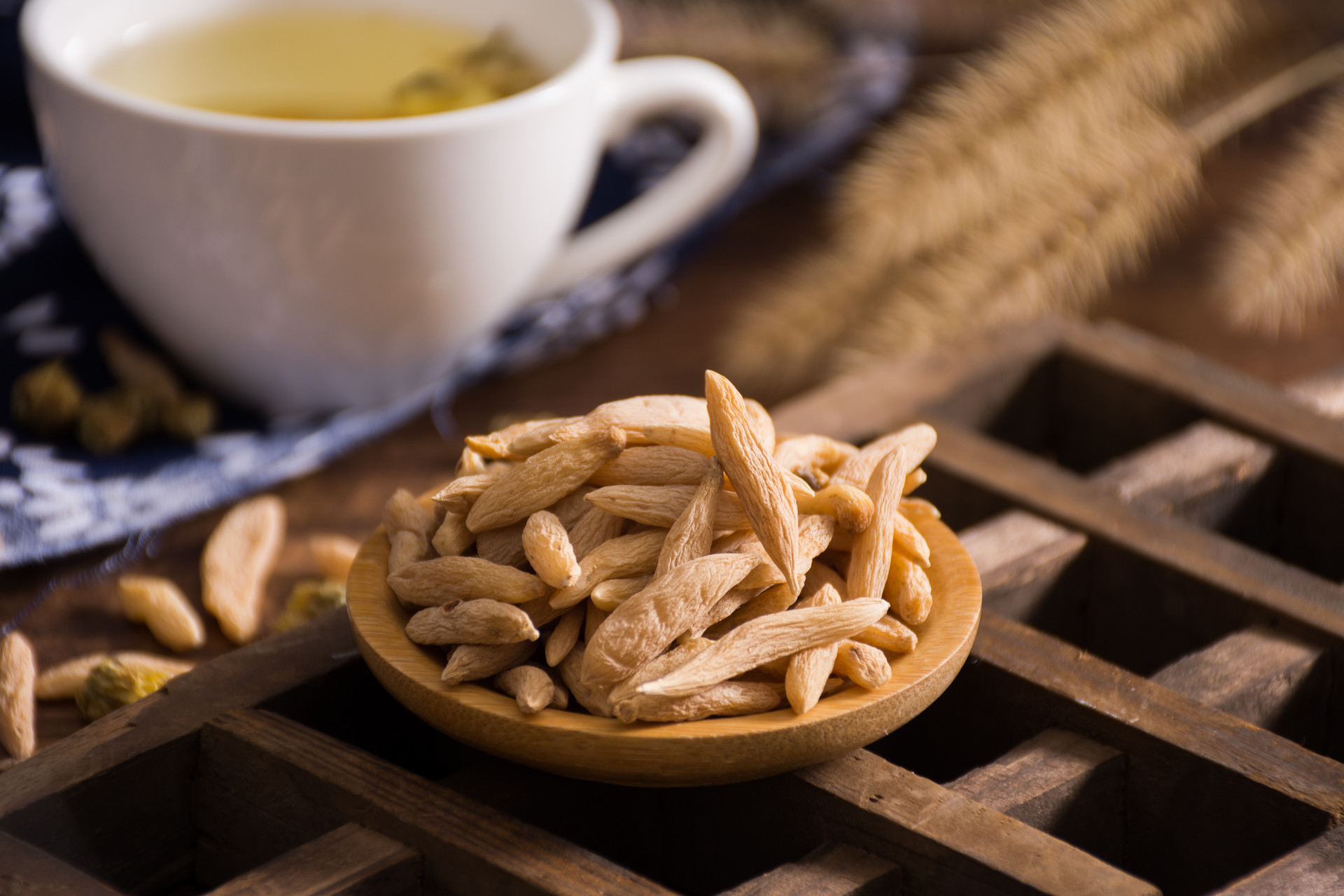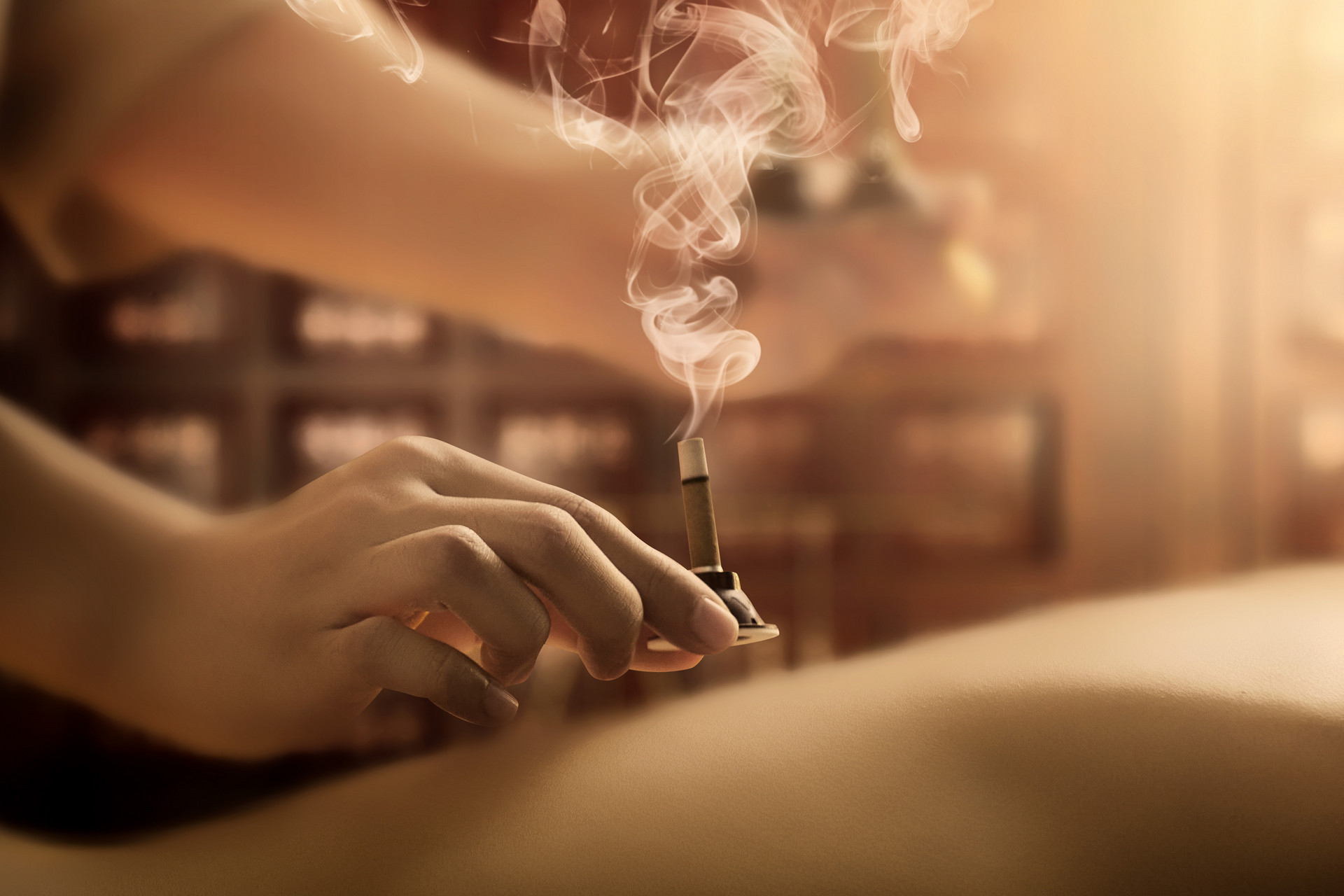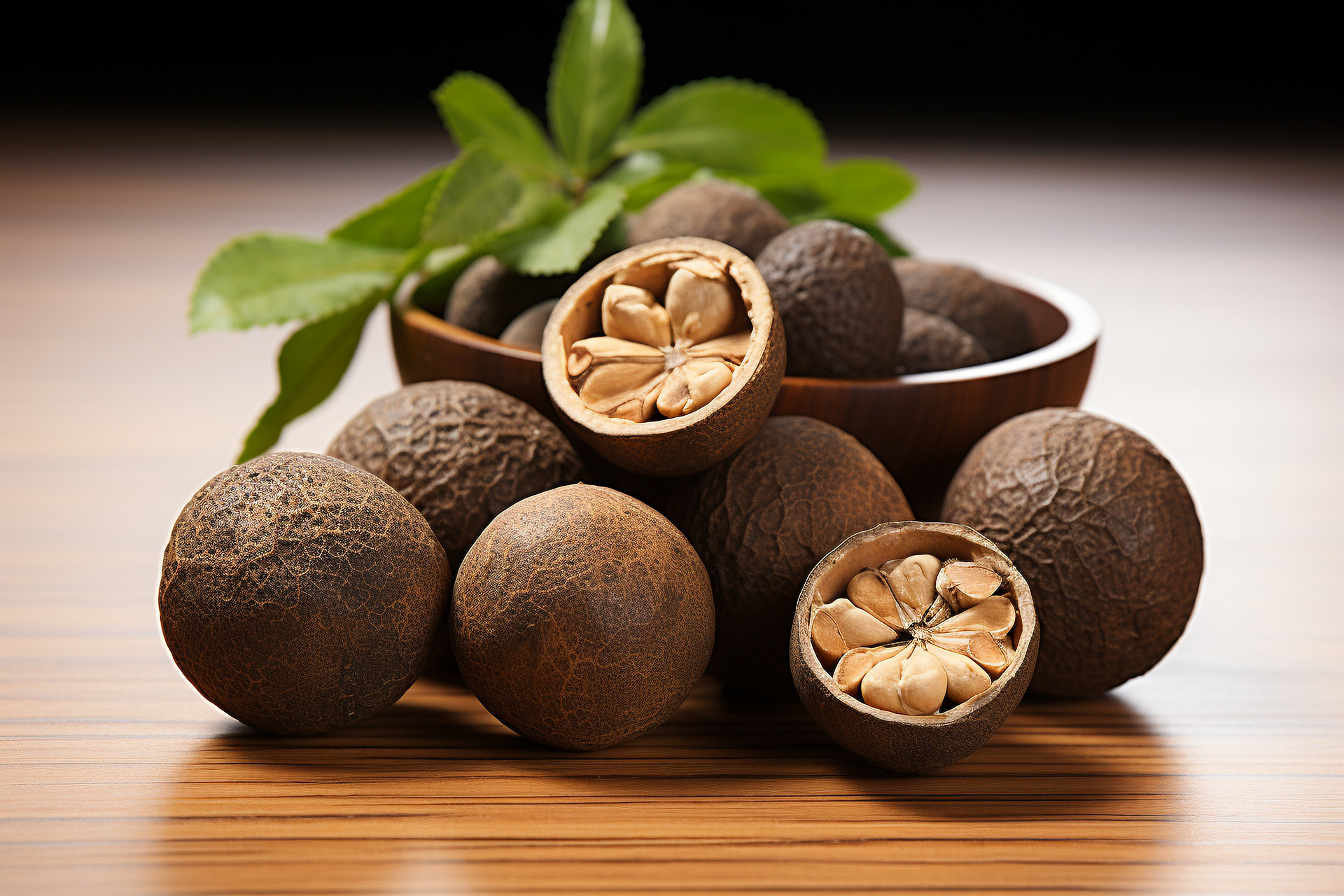Saffron is a valuable traditional Chinese medicine. Some unscrupulous drug dealers use the cheaper Carthamus tinctorius as a substitute for saffron to make a profit. Therefore, it is necessary to compare the two medicinal materials to identify the authenticity.
Carthamus tinctorius, also known as safflower or red blue flower.
Carthamus tinctorius is the dried tubular flower of the annual herbaceous plant safflower in the Asteraceae family. It is cultivated in provinces such as Henan, Hebei, Sichuan, and Zhejiang. It has a pungent taste and warm nature. It has the effects of promoting blood circulation, regulating menstruation, reducing swelling, and relieving pain. "The Compendium of Materia Medica Supplement" states that it "breaks blood when used in large quantities and nourishes blood when used in small quantities." It is suitable for women with amenorrhea, postpartum lochia, bruises, and blood stasis pain. The safflower oil it contains can reduce cholesterol in the blood, treat coronary heart disease, angina, and is also used as raw material for making external trauma medicine.
Saffron, also known as safflower.
Saffron is the dried stigma of the perennial herbaceous plant saffron in the Iridaceae family. There is only a small amount of cultivation in China. Its flowers are purple or purplish red and have a unique fragrance. It has similar effects as Carthamus tinctorius, such as promoting blood circulation, removing blood stasis, regulating menstruation, and relieving pain, but its effects are stronger. In addition, saffron also has the effects of cooling blood, detoxification, relieving depression, and calming the mind. It is often used to treat symptoms such as depression, suffocation, and madness.
Identification methods
The two are not the same medicine, but they have similar appearances. However, the stigma of saffron is longer than that of Carthamus tinctorius and has a darker color. A small amount of saffron can be soaked in water or alcohol, and it will be seen that the stigma has a yellow-orange line descending and gradually coloring the water, while the counterfeit does not. Another method is to place saffron on a glass slide and add a drop of iodine solution. The genuine product does not change color, while the counterfeit turns into a different color.











